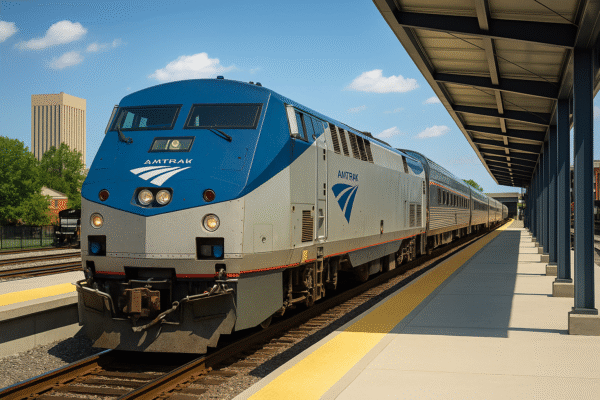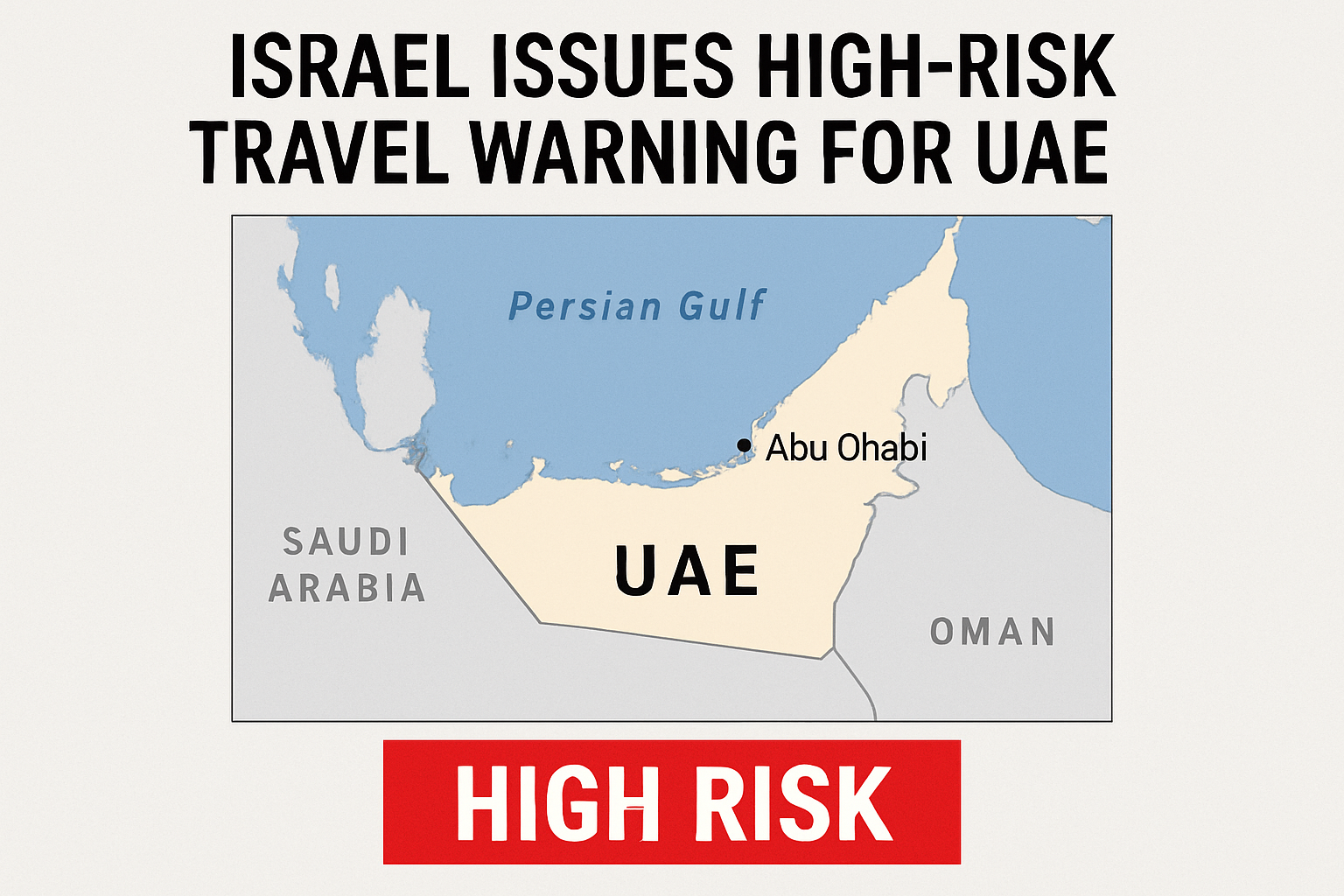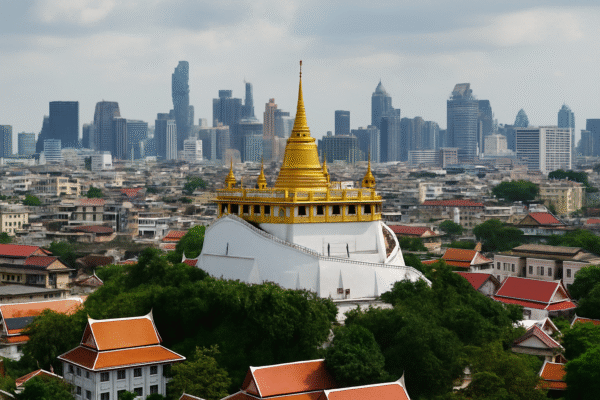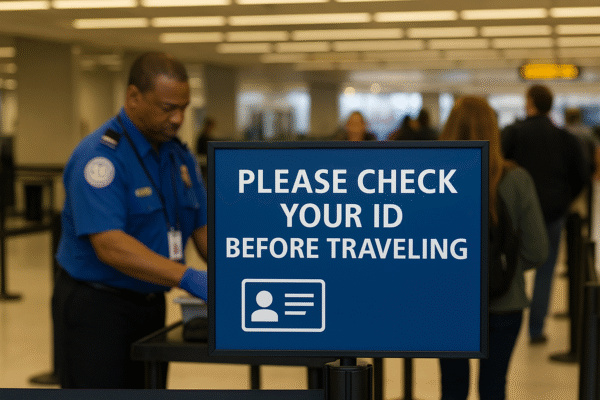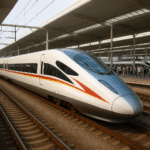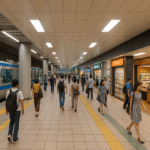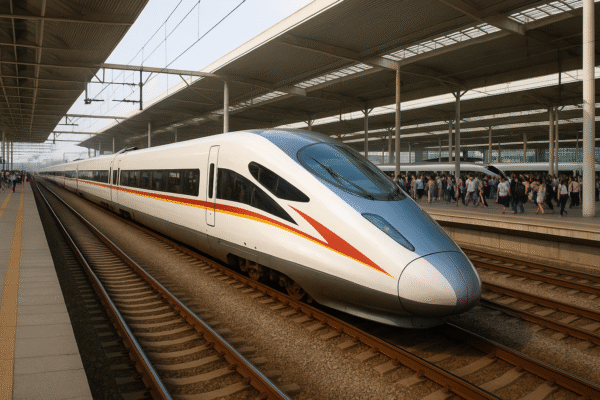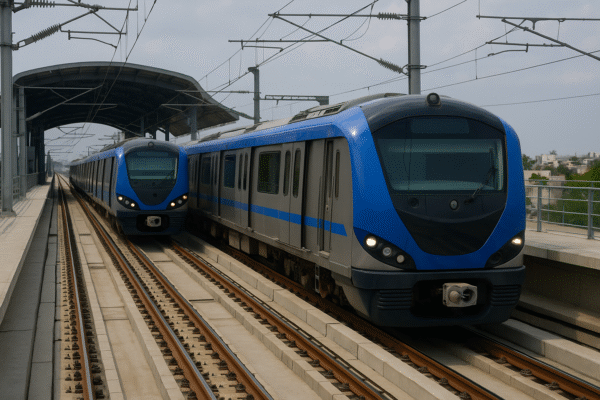Ho Chi Minh City, Vietnam — Vietnam is poised to set a new benchmark in Southeast Asia’s metro infrastructure by integrating commerce, services, and tourism into its urban transit system. Inspired by successful models in Singapore, Japan, and Malaysia, the country is taking decisive steps to transform Ho Chi Minh City’s Metro Line 1 into vibrant, multifunctional spaces that serve not only as transit points but also as lifestyle and tourism destinations.
The initiative, spearheaded by the Ho Chi Minh City Department of Industry and Trade, aims to breathe new life into the stations along the Ben Thanh–Suoi Tien Metro Line. With nearly 10 million passengers traveling on Metro Line 1 between January and June 2025, the demand for integrated, convenient services has become increasingly evident.
Pilot Proposal to Integrate Retail and Services
A formal proposal submitted to HURC1 (Urban Railway Company No. 1) outlines the plan to offer essential services and commercial outlets within station premises. The project—part of the city’s broader Urban Railway Infrastructure Utilization Strategy—is currently under review and is expected to be submitted to the Ho Chi Minh City People’s Committee for approval later this year.
The pilot envisions a seamless integration of retail stores, cafes, convenience outlets, and essential services such as ATMs, mobile service counters, and parcel kiosks across the 14 stations of Metro Line 1. The objective is to improve the passenger experience while generating sustainable revenue streams to support the metro’s operations and expansion.
Global Inspirations Driving Local Innovation
Singapore has long demonstrated how transit-oriented development can stimulate economic and social activity. The Singapore Mass Rapid Transit (SMRT) system has turned its stations into commercial epicenters, where retail activities contributed SGD 274 million (approx. USD 213 million) in non-ticket revenue in FY 2024—representing over 24% of SMRT’s total revenue. The success of hubs like Dhoby Ghaut Station, with its Staytion retail complex, underscores how commuter footfall can support coworking spaces, cafes, and wellness services.
Japan’s JR East further proves the potential of this approach, generating USD 8.14 billion in non-fare revenue in 2023—roughly 28.5% of total earnings. Major stations like Tokyo and Shinjuku alone contributed over USD 4.5 billion from commercial activities. These metro centers now function as thriving business districts, with everything from fashion outlets to dental clinics accessible right at the transit point.
Malaysia’s RapidKL network is another noteworthy example. In 2023, Malaysian metro stations earned nearly USD 83 million from diversified commercial models—featuring supermarkets, beauty salons, vending zones, and financial kiosks. This diversity caters to the real-time needs of commuters and encourages higher ridership.
Transforming Vietnam’s Urban Mobility
Back in Ho Chi Minh City, the integration of similar models could revolutionize how the public views and uses metro stations. Despite the high usage of Metro Line 1, many commuters report dissatisfaction due to the absence of shopping and service options within station premises. A modern commuter increasingly values the convenience of purchasing a coffee, withdrawing cash, or picking up a parcel—all without stepping out of the transit zone.
From a governmental standpoint, the strategy offers a dual benefit: enhancing commuter satisfaction while opening new revenue channels. Leasing station space to retailers, service providers, and advertisers can significantly offset the operational costs of metro systems—freeing public funds for infrastructure upgrades and expansion projects.
Tourism and Economic Upliftment
The tourism implications are equally substantial. As Vietnam emerges as a top destination in Southeast Asia, smart infrastructure investments like these add another layer of appeal. Metro stations equipped with digital tourist information counters, local souvenir shops, food courts featuring regional cuisine, and multilingual wayfinding systems can become gateways for cultural immersion.
Such developments also elevate the perception of Ho Chi Minh City as a modern, globally connected metropolis. Transit hubs, once considered mundane, will evolve into first impressions for international visitors—offering comfort, accessibility, and a curated experience of Vietnamese lifestyle.
Business and Community Engagement
For local businesses, metro station kiosks represent high-footfall, high-visibility platforms. Convenience stores, pharmaceutical outlets, mobile phone retailers, and banking services are likely to flourish. The ecosystem also invites innovation—think pop-up boutiques, coworking lounges, and e-commerce pickup lockers.
Meanwhile, passengers stand to benefit from shorter errand times, greater safety in well-lit commercial areas, and better access to essential goods. This convenience encourages higher ridership, reducing traffic congestion and aligning with Vietnam’s green urban mobility goals.
A Vision for Southeast Asia’s Transit Future
Vietnam’s forward-thinking model aims to redefine public transportation’s role in city life. By drawing from successful examples across Asia and tailoring them to local needs, Ho Chi Minh City is taking a vital step toward a more integrated, sustainable, and livable urban future.
As Metro Line 1 gears up for its next phase of transformation, the fusion of commerce, tourism, and transit could position Vietnam as a regional leader in metro infrastructure innovation—making its stations destinations in their own right.
For more travel news like this, keep reading Global Travel Wire

